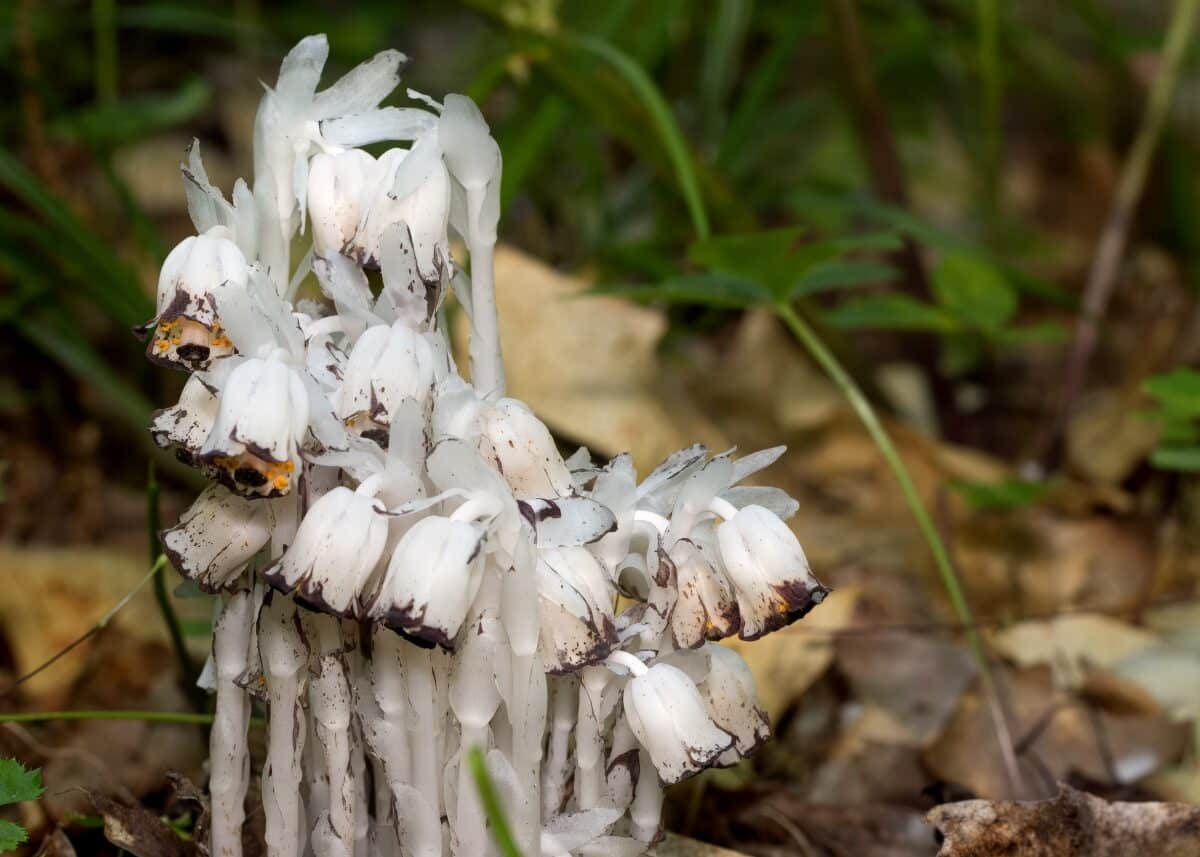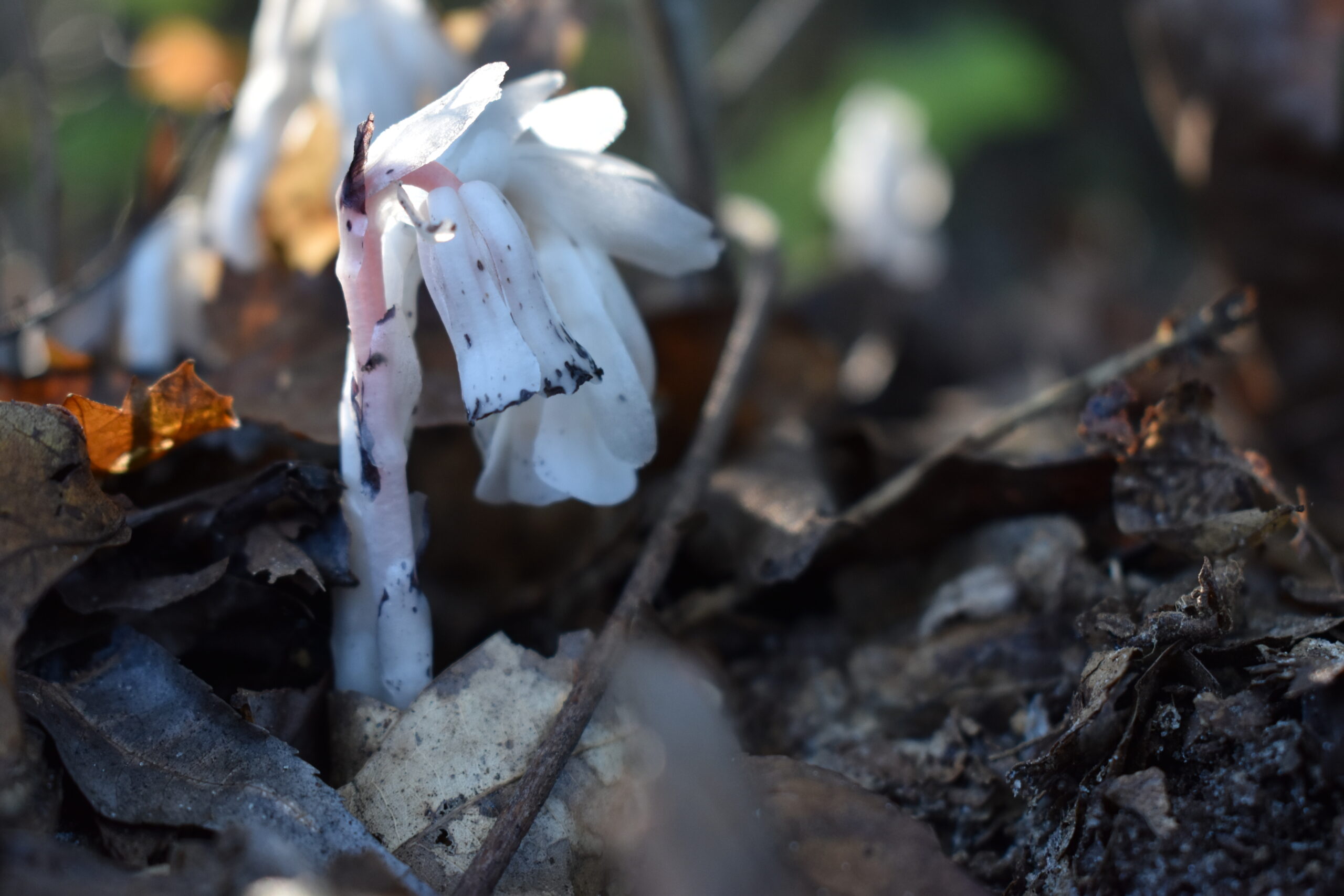Ghost pipe (Monotropa uniflora), a mysterious white forest plant long used in traditional medicine, is experiencing a modern resurgence in popularity driven largely by the internet and social media. Despite its longstanding presence in North American herbal practices, little scientific research has documented its use or effectiveness—until now. A research team from Penn State has taken the first step toward understanding the plant’s current use and growing economic significance.
Digital Ethnobotany Reveals Modern Uses and Online Influence on Ghost Pipe Consumption
Led by Professor Eric Burkhart, the Penn State research team conducted a digital survey to investigate the contemporary use of ghost pipe. Published in Economic Botany, their findings reveal that most users learned about the plant online and primarily consumed it in tincture form for pain relief. These applications appear to be modern adaptations, as historical records show no strong precedent for such usage. The research aims to inform future conservation and safety measures for this wild-harvested species.

With 489 survey respondents, the study found that 96% were ghost pipe consumers, and 87% had foraged for it. Beyond pain relief, respondents also used it for a variety of mental health and wellness concerns, such as anxiety, grief, insomnia, and withdrawal symptoms. The researchers coined the term “digital ethnobotany” to describe the growing role of online platforms in shaping new plant-use traditions and spreading knowledge in the virtual age.
Uncovering Ghost Pipe’s Medicinal Chemistry and Ecological Complexity Through Advanced Research
Doctoral student Savannah Anez is working to close the knowledge gap around the ghost pipe’s chemical composition and potential medicinal value. Her dissertation focuses on identifying the plant’s bioactive compounds responsible for its reported pain-relieving effects. Early mouse studies have shown promising results, and she recently received NIH funding to continue this research through 2027. Her goal is to isolate specific therapeutic compounds from the plant’s complex chemical makeup.
Ghost pipe is not a typical plant—it’s a parasite of underground fungi that themselves are symbiotically linked to forest trees, making its biology particularly complex. This unique ecological niche adds further depth to questions about its biochemical activity. With support from the USDA and Pennsylvania conservation programs, the research team is hopeful that ghost pipe could represent a new frontier in plant-based medicine, while also prompting the need for sustainable harvesting practices.


